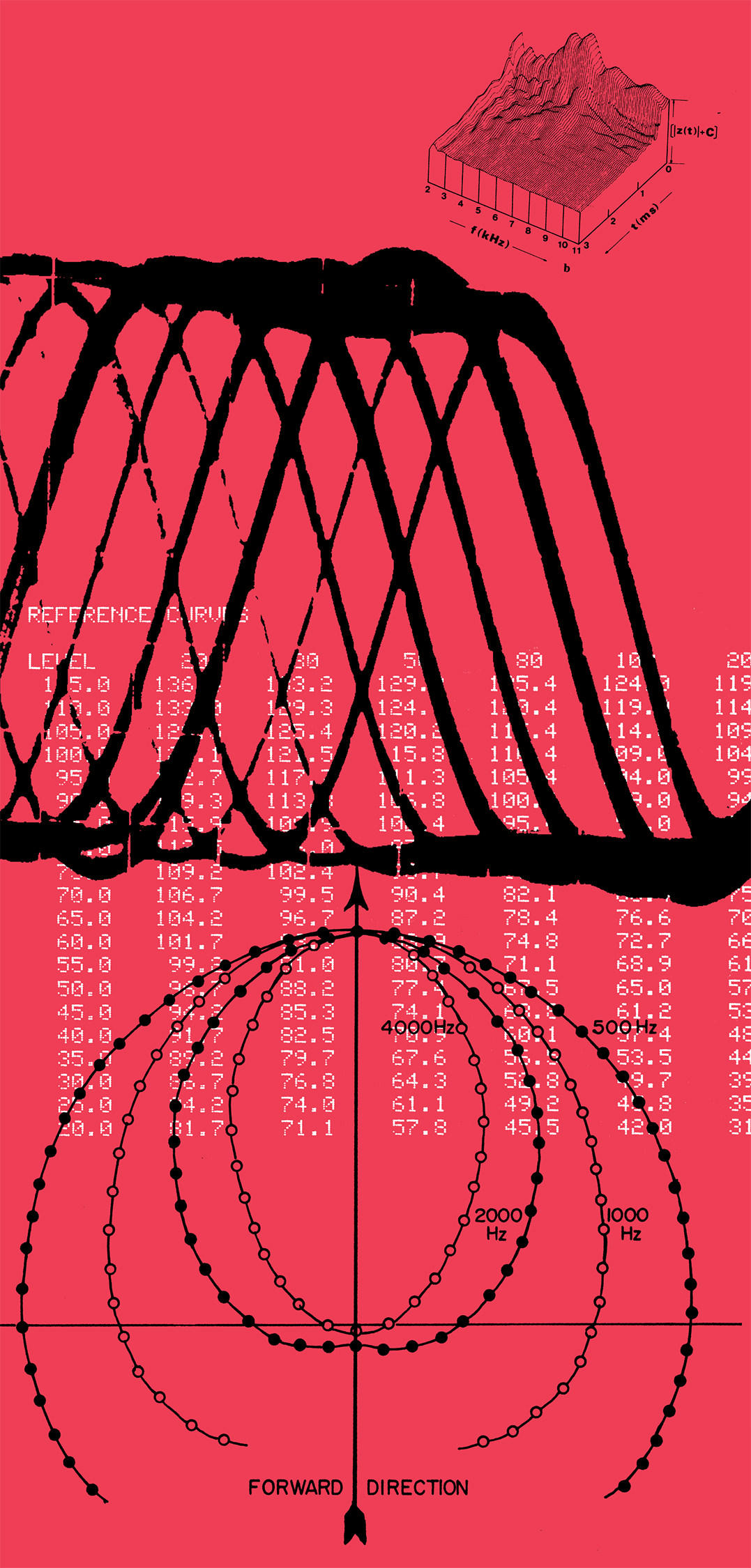Five years ago, I reviewed the original UE Pro Reference Monitors [Tape Op #83], in-ear monitors (IEM) that were co- developed with Capitol Studios. I liked these a lot and continued to use them for on-the-road reference listening. Along the way, these IEMs apparently gained more acceptance with audiophiles than with pro recording folks, which is sort of a shame but understandable; how often have you seen an engineer pull out a pair of IEMs and insert them in his or her ears instead of grabbing headphones? Never? I thought so.
Nowadays, Ultimate Ears Pro utilizes advanced laser- scanning and 3D-imaging software and hardware (eFit Station, developed by United Sciences), so while I was at the NAMM Show earlier this year, I got my ears digitized. In the past, getting ear molds made was claustrophobic and kinda gross, and the process always made me nervous about possible ear damage (I know, I'm paranoid). Now we can avoid this trauma. Laser-scanning is quicker, and the scans are kept on file for future use if needed. Way cool.
My set of UE Pro Reference Remastered showed up quickly in the mail, but after wearing them for a few hours, I realized that the shape was causing the plugs from the headphone cable to dig into my earlobes, causing me pain. I took some photos and discussed the issue with the team at Ultimate Ears Pro before returning my new IEMs, and magically, they came back to me with a slightly different form — and no earlobe pain. Nice.
The difference in sound between the original UE Pro Reference Monitors and the UE Pro Reference Remastered version is not subtle. Whereas the original was quite forward and brash in the high and midrange frequencies, the UE Pro Reference Remastered initially sounded a bit dull in comparison. But just like studio monitors, the UE Pro Reference Remastered version is something I got used to and quickly appreciated. Yes, they are less brash, but the low end is clearer and deeper, while the high-frequency drivers apparently are now a bit softer in tone, but not lacking in detail. Swapping between the pairs while listening to the same 96 kHz master mixes, I could hear a huge difference in how sharp transients on acoustic instruments were being presented; on the old UE Pro Reference Monitors, there was a harshness, and sounds would poke out, while the new pair was quite forgiving and much more pleasant to listen to. Keep in mind that this was on unmastered mixes that I had signed off on at Jackpot!, and the mixes were not harsh on my ATC SCM25A monitors [Tape Op #101] or my other speakers.
UE says, "Proprietary True Tone Drivers extend the frequency range and deliver a flat response to 18 kHz." I think they are telling the truth, and this bodes well for UE Pro Reference Remastered if they are shooting for more of the audiophile crowd, as these Remastered IEMs are a nice listen without losing any clarity in the high end. I'm also happier with this new version because the low end is so improved that I know it will help me make decisions when I need to use these. The bonus is that casual listening on long flights and train rides will be a better experience too. And note one thing: In the five years since the originals debuted, the cost has not increased for this new version.
A fancy round metal case, cleaning tool, and 1/4'' adapter are included, as is a UE Buffer Jack, which is a short 1/8'' cable that you can use with airline entertainment systems and other sources that expect a higher-impedance load than IEMs generally offer (35 Ω at 1 kHz for the UE Pro Reference Remastered).
Ultimate Ears Pro also makes the UE Pro Sound Guard, a small, plastic, battery-powered box that gives the listener limiting protection against accidental spikes and also helps match impedance for balanced armature-type IEMs like this one. I doubt any recording engineers would need this device, but for musicians who are playing live or tracking in the studio with IEMs of this type, it could be an ear-saver.




_disp_horizontal_bw.jpg)